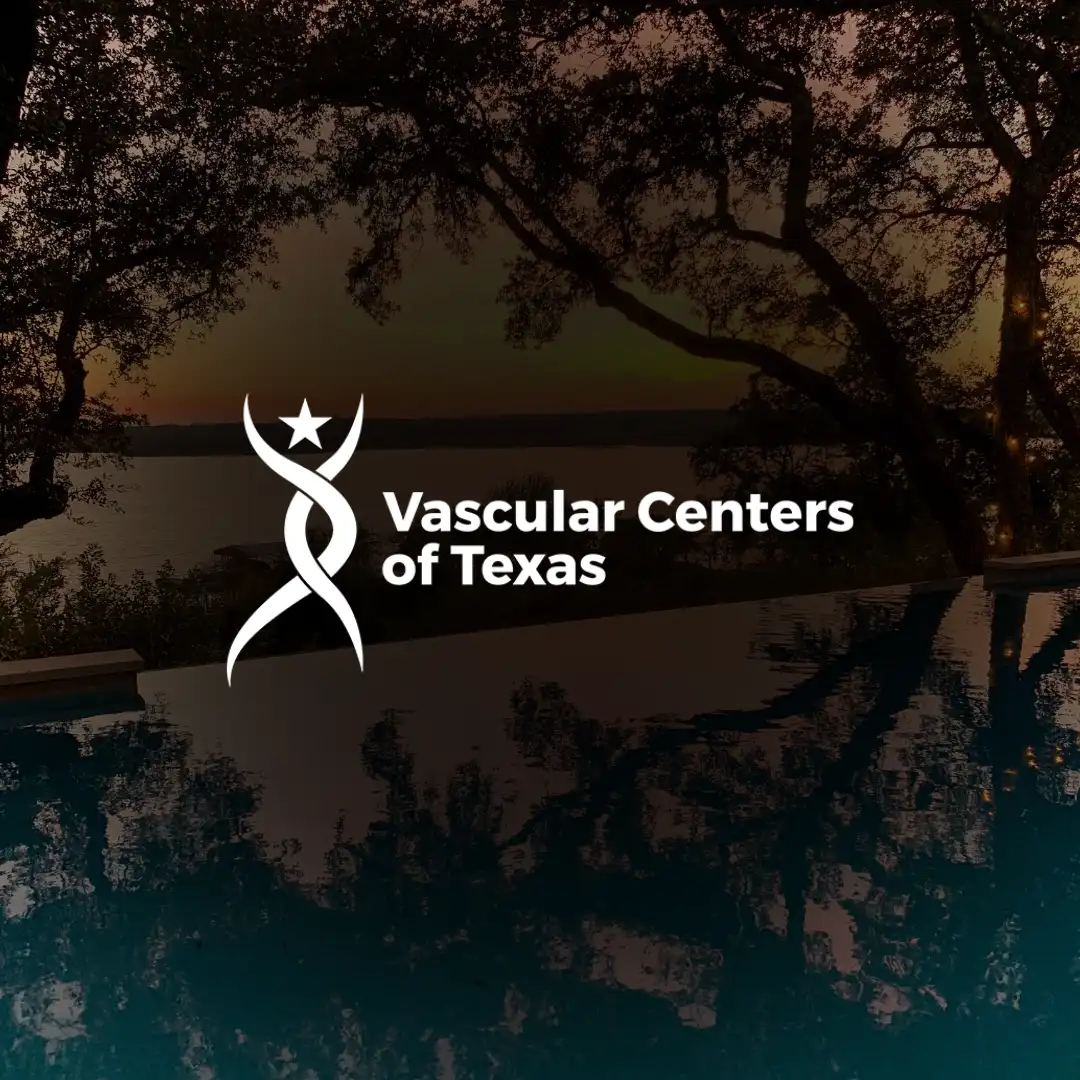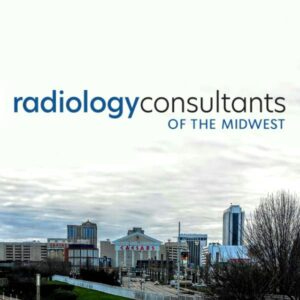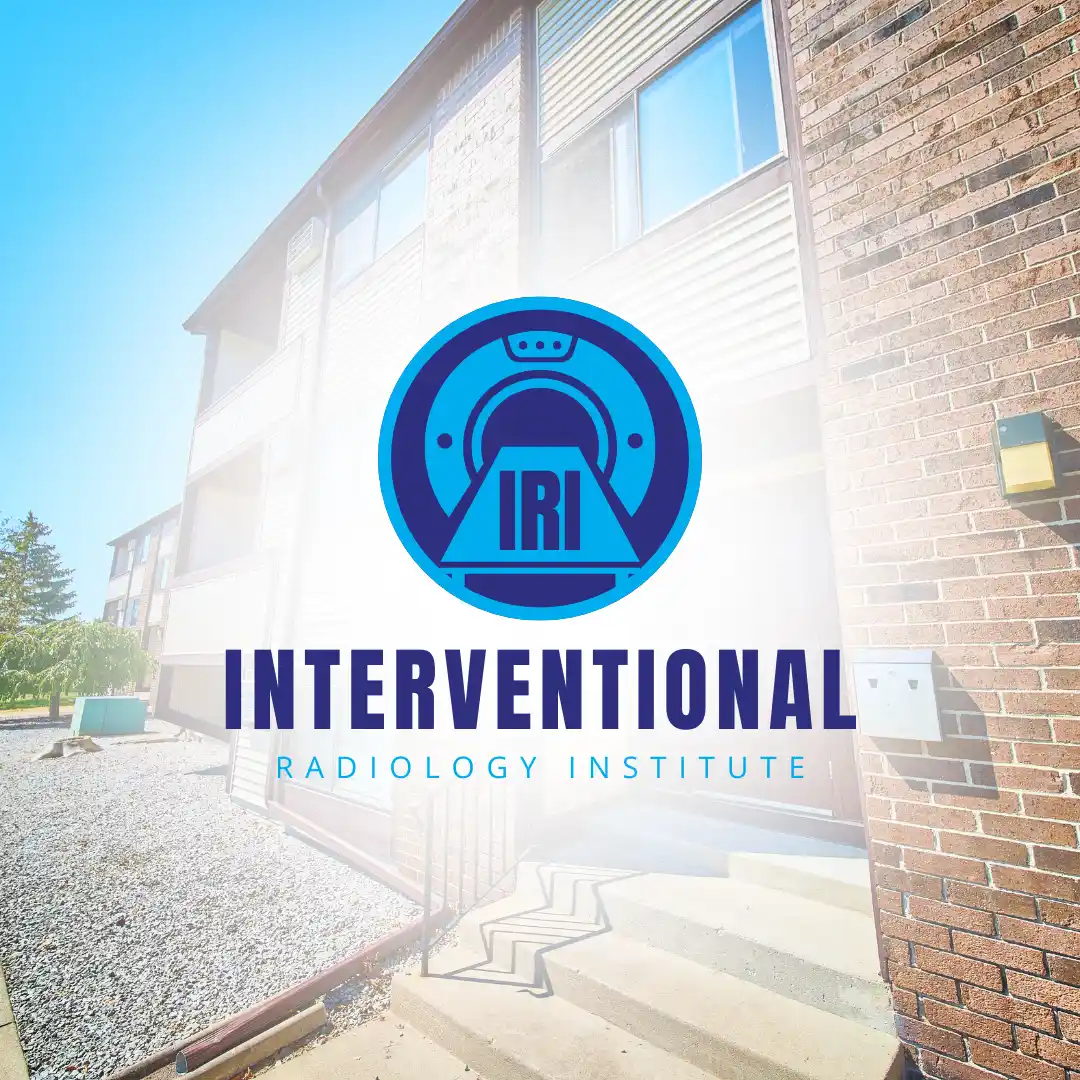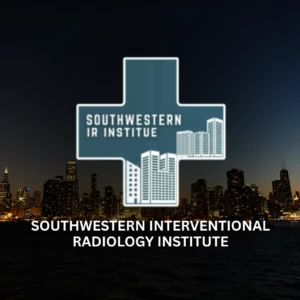Find A Knee Doctor Near You
CLICK YOUR STATE BELOW

If you’re living with knee pain, joint stiffness, or signs of arthritis, you’re not alone—and surgery isn’t your only option. Our partnered clinics provide expert orthopedic care with a focus on minimally invasive treatments like genicular artery embolization (GAE) to help you regain mobility and reduce chronic pain without traditional knee replacement surgery.
Our care teams include orthopedic surgeons, sports medicine specialists, interventional radiologists, and rehabilitation providers working together to find the best path forward for your health and lifestyle.
Our Partnered Clinics
Our nationwide network connects you with experts in orthopedic surgery, physical therapy, and advanced imaging—working together to diagnose and treat a wide range of musculoskeletal problems. Each care team includes orthopedic surgeons, sports medicine doctors, interventional radiologists, and rehabilitation specialists, all collaborating to find the right treatment path for your needs and lifestyle.
Specialized Treatment for Knee Pain and Joint Conditions
Whether you’ve been diagnosed with osteoarthritis (OA), a meniscus tear, or nerve-related pain, we offer non-surgical options to address the root cause of your symptoms. Our physicians routinely treat:
- Knee osteoarthritis
- Hip joint dysfunction
- Injuries affecting the ligaments, cartilage, or soft tissue
- Bone deformities
- Chronic joint pain following failed knee injections or physical therapy
- Shoulder, spine, and hip conditions linked to movement dysfunction
- Complications after surgery or joint replacement procedures
If you’re experiencing ongoing joint pain, limited mobility, or symptoms that haven’t responded to other treatments, GAE may be worth considering.
Why Genicular Artery Embolization for Knee Pain May Be Right for You
GAE is a breakthrough procedure that’s helping patients with knee arthritis and chronic joint pain find relief without going under the knife.
How It Works
This minimally invasive technique reduces blood flow to areas of joint inflammation, helping to interrupt the cycle of pain and tissue damage. It’s a promising option for people who want to avoid or delay total knee replacement.
Benefits of GAE
Minimally Invasive
No large incisions or joint dissection—just a tiny catheter guided by real-time imaging.
Short Recovery
Most patients are up and walking the same day, with light activity resumed within 24–48 hours.
Less Risk of Complications
GAE avoids many of the surgical risks associated with full joint replacement.
Targets Inflammation Directly
It helps calm the overactive blood flow around the knee joint, which can trigger pain, swelling, and stiffness
Ideal for OA and Refractory Pain
GAE is especially useful when knee injections, physical therapy, or medication haven’t worked.
What to Expect Before, During, and After GAE
Our physicians build treatment plans around your symptoms, lifestyle, and goals—from diagnosis to recovery. You’ll receive a comprehensive evaluation that may include:
- Review of your medical history and symptoms
- X-rays, MRI, or other imaging to assess joint structure
- A personalized plan that may include GAE, physical therapy, or other arthroscopic techniques
If GAE is recommended, here’s what the process looks like:
1. Evaluation
Your orthopedic or interventional specialist will assess whether GAE is right for you based on your arthritis symptoms, tissue health, and previous treatments.
2. Procedure
GAE is done via a small incision in the leg, using a catheter to deliver embolic particles to the genicular arteries feeding the inflamed knee joint.
3. Recovery
Expect to resume walking shortly after. Full results unfold over a few weeks as inflammation decreases and joint function improves.
Genicular Artery Embolization: Frequently Asked Questions
What is genicular artery embolization (GAE)?
GAE is a non-surgical treatment for chronic knee pain, particularly from osteoarthritis. It reduces abnormal blood flow to inflamed areas in the knee joint, decreasing pain and improving function.
How does GAE compare to knee replacement surgery?
GAE offers pain relief without the trauma, recovery time, and complications of major orthopedic surgery. It may delay or eliminate the need for joint replacement.
Is GAE only for knee arthritis?
While GAE is primarily used to treat knee osteoarthritis, it may also be appropriate for post-surgical pain, nerve-related symptoms, or inflammatory joint conditions.
Who performs this procedure?
GAE is typically done by interventional radiologists or orthopedic specialists with training in vascular techniques and joint care.
Who is a good candidate for GAE?
You may be a candidate if you have osteoarthritis-related knee pain that hasn’t responded to conservative care like physical therapy, injections, or medication—and you want to avoid or delay surgery.
Who should not get GAE?
GAE may not be suitable for those with poor circulation, active infections, or advanced bone-on-bone arthritis requiring surgical correction. A full medical evaluation is needed to determine eligibility.
Is GAE safe?
Yes, when performed by experienced specialists. Side effects are typically mild and may include temporary soreness or bruising at the access site. Serious complications are rare.
What are the risks of GAE?
GAE is generally safe, with a low risk of complications. Temporary discomfort or bruising at the access site is most common.
How soon can I return to normal activities?
Most patients return to light walking within 24–48 hours and resume full routines within a week or two.
How long does GAE pain relief last?
Many patients experience sustained relief for 6–12 months or longer. Some may benefit from a repeat procedure if symptoms return.
Is GAE covered by insurance?
Coverage varies, but some commercial insurers and Medicare plans may cover GAE under interventional radiology or orthopedic care. A knee pain clinic near you can verify your benefits.
























